Conectar y conectar
Videos
-
 . Conectar y combinar (Subtítulos en inglés, ~4 minutes)
. Conectar y combinar (Subtítulos en inglés, ~4 minutes) -
 . Creative Story Telling (Subtítulos en inglés, ~3 minutes)
. Creative Story Telling (Subtítulos en inglés, ~3 minutes)
Conceptos Claves
Conectando y combinando ideas
Involucrar a tu audiencia
Contando tu historia de una forma creativa
Lectura
What happens when you cross a checkerboard with a midnight snack? You get edible checkers, sold with the motto “beat ‘em and eat ’em.” What if you cross high-heeled shoes with a tricycle? You get pumps with training wheels. Or, what do you get when you cross a dessert plate with an ice-cube tray? An ice cream bowl that melts after use so you don’t have to wash it.
This is similar to the philosophy behind the Japanese art of chindogu, which involves coming up with “unuseless” inventions. Essentially, chindogu involves combining products that are completely unrelated to create inventions that are wonderfully unusual. For example, an outfit worn by a baby with a mop on its belly that allows the baby to clean the floor while crawling around; a shirt with a matrix on the back, so that you can tell someone exactly where to scratch; an upside-down umbrella that allows you to collect water when you are walking in the rain; or eyeglasses with arms that can be removed to be used as chop- sticks. These inventions might not be immediately practical, but each one opens a door to new ideas that just might be.
Being able to connect and combine nonobvious ideas and objects is essential for innovation and a key part of the creative- thinking process. Along with your ability to reframe problems, it engages your imagination and thereby unlocks your innovation engine. essentially, you need to be able to reorganize and re- arrange the things you know and the resources you have in order to come up with brand-new ideas.
Tarea
CONECTAR Y COMBINAR
Toma algunas ideas que tu equipo generó la semana anterior y combínalas de formas interesantes para obtener soluciones incluso más innovadoras.
Luego, selecciona tu idea favorita y cuenta una historia acerca de ella… Asegúrate que entendamos el problema y como lo estás abordando. Sé tan creativo como sea posible, y cuenta una historia que nos atraiga.
Tu entrega debe estar en la forma de un video corto (1 minuto o menos), o diapositivas. Recuerda, una imagen vale mil palabras.
A
Algunos ejemplos de conectar y combinar ideas, y contar historias creativamente puedes verlos a continuación:
Conoce a Lazlo, la mascota más aburrida
Items
- Reúnete con tus compañeros de grupo.
- Envía tu historia creativa antes del Sab 28 de junio a las 12:01 al correo marquezronald.ula.ve@gmail.com.
- Publica tu historia creativa en el grupo de facebook después de las 12:01del Sab 28 de junio
Del curso “Creativity: Music to my Ears” de la Universidad de Stanford, por Tina Seelig.

 orcid.org/0000-0001-6003-7487
orcid.org/0000-0001-6003-7487







 - ULA
- ULA Guia de Alta Montaña
Guia de Alta Montaña Industrial Chemistry – Texas A&M
Industrial Chemistry – Texas A&M Laboratorio FIRP
Laboratorio FIRP Materials Learning – Cambridge Univ.
Materials Learning – Cambridge Univ. Petroleum Refining – Colorado Univ.
Petroleum Refining – Colorado Univ. COLMEQUIM
COLMEQUIM BIOVEN
BIOVEN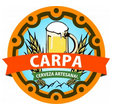 CARPA
CARPA GUMMYN
GUMMYN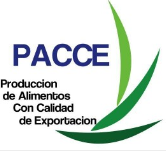 PACCE
PACCE PharmaQuim
PharmaQuim PRODELIM
PRODELIM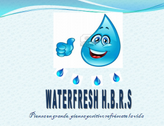 WATERFRESH
WATERFRESH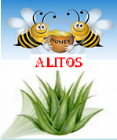 ALITOS
ALITOS Biocosmetiq's
Biocosmetiq's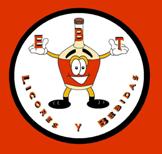 E.B.T. Bebidas y Licores
E.B.T. Bebidas y Licores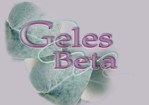 GELES BETA C.A
GELES BETA C.A NatuVie
NatuVie Productos de Gel de Aloe Vera
Productos de Gel de Aloe Vera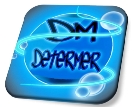 Determer
Determer PECTIPRODS Mérida
PECTIPRODS Mérida PETROING C.A.
PETROING C.A. Soft&Pure
Soft&Pure ALQUIVEN C.A.
ALQUIVEN C.A. Deshoil C.A.
Deshoil C.A. Ecopetroliq’s
Ecopetroliq’s Pequinoil S.A
Pequinoil S.A PetroCrack CA
PetroCrack CA Petrol C.A.
Petrol C.A. REFILUB
REFILUB